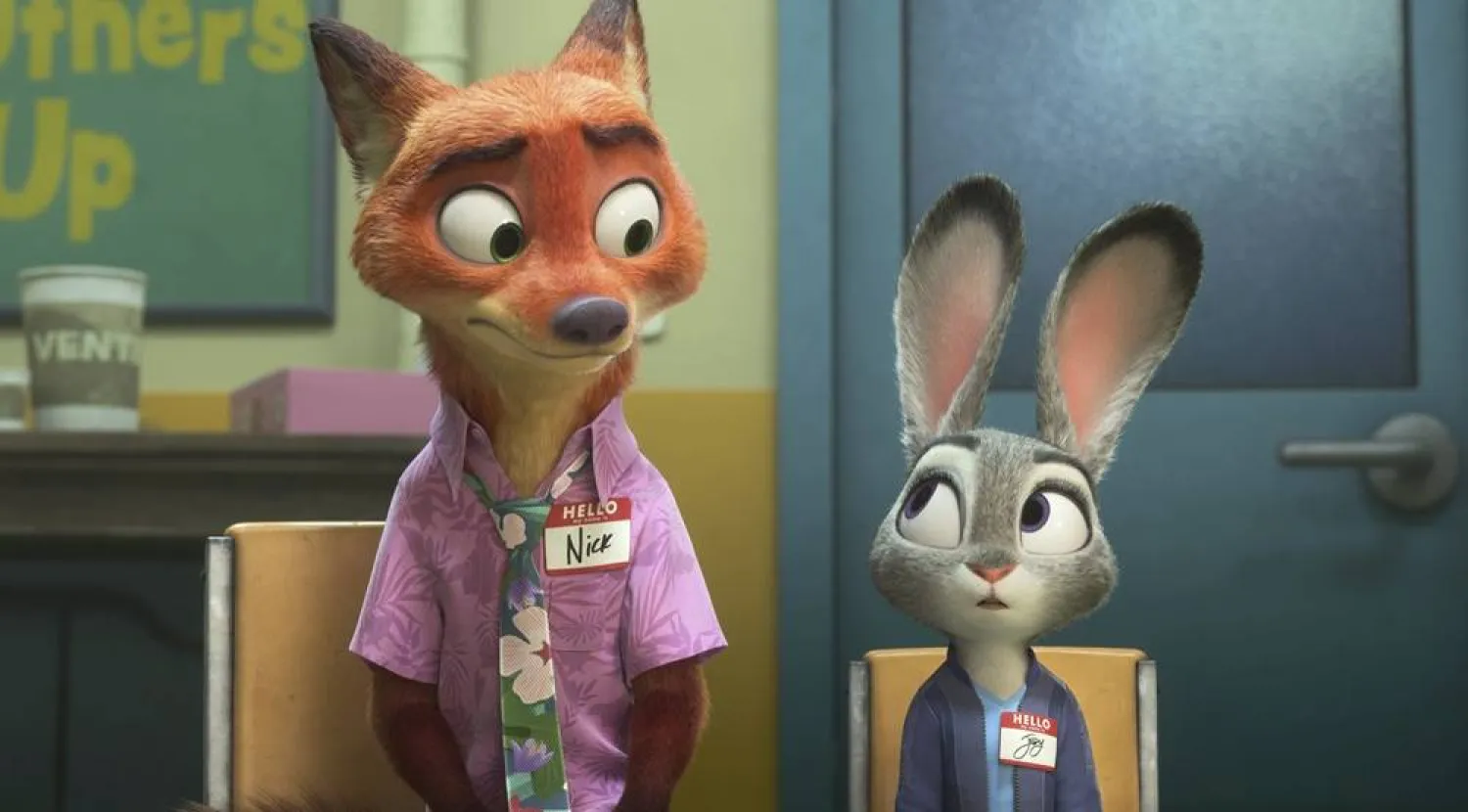Discovery has commissioned "Johnny vs Amber," a two-episode documentary that tells the story of the breakdown of Johnny Depp and Amber Heard's relationship, and how it spiraled into a celebrity court case.
Being produced as a double bill by Optomen, each film is told from one of their perspectives. The documentary will feature interviews with lawyers involved on both sides, and testimony from those close to the former couple. It will also examine extensive footage and audio recordings filmed by the couple themselves.
The doc will be available on Discovery Plus this fall.
In 2016, Amber Heard filed for a divorce from Johnny Depp, and the case, which ended in a UK High Court verdict against Depp, grabbed global headlines.
Clare Laycock, senior VP for planning and insights and head of entertainment at Discovery, said: "The series provides an in-depth insight into the epic battle that powered #JusticeforJohnnyDepp and #IStandWithYouAmberHeard fan campaigns and the very public High Court case that gripped us all. Optomen has done a fantastic job turning this multi-layered story into something both engrossing and horrifying."
Charlotte Reid, VP commissioning for entertainment at Discovery, said: "The story of what happened between Johnny and Amber continues to be hugely divisive, between fans and the public at large. We set out to make a documentary that would explore the story from each of their perspectives, so the viewer can go beyond the headlines, understand who they are, and decide who they should believe in this complex human story. We think it's a compellingly contemporary story on truth and lies that we hope will open up a conversation with our viewers on Discovery Plus."
Nick Hornby, co-CEO at Optomen, added: "Through the tapes, home videos and text messages shown in court, these films give viewers a rare and important insight into a marriage that went tragically wrong, and to better understand the hugely important issue of domestic violence."
The series was ordered for Discovery Plus by Laycock, commissioned by Reid and executive produced by Matt Reid for Discovery. It is executive produced by Hornby and Fran Baker for Optomen.











